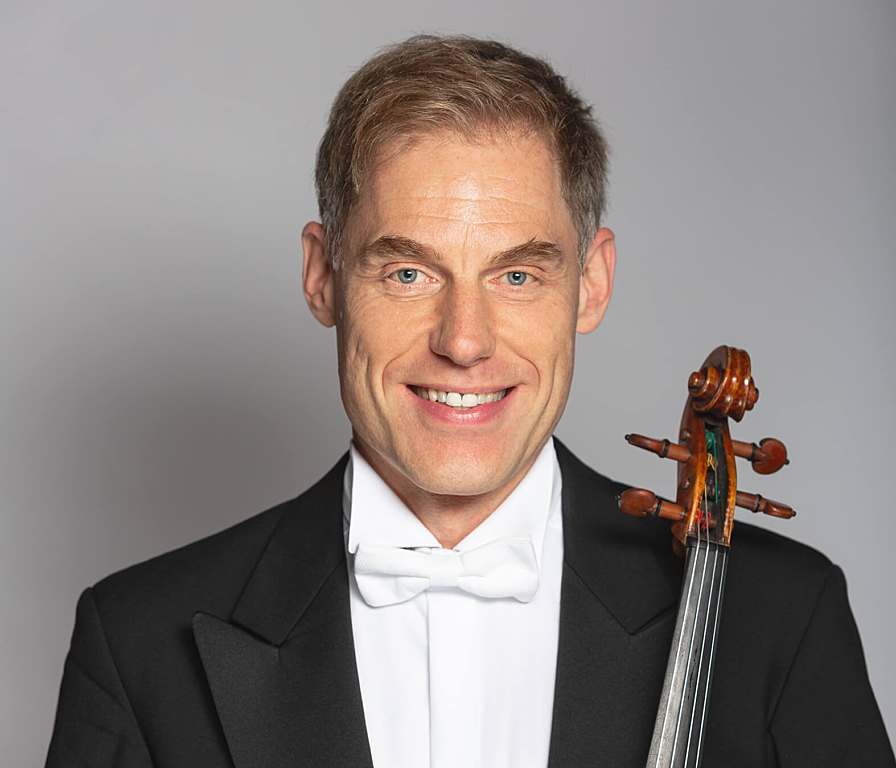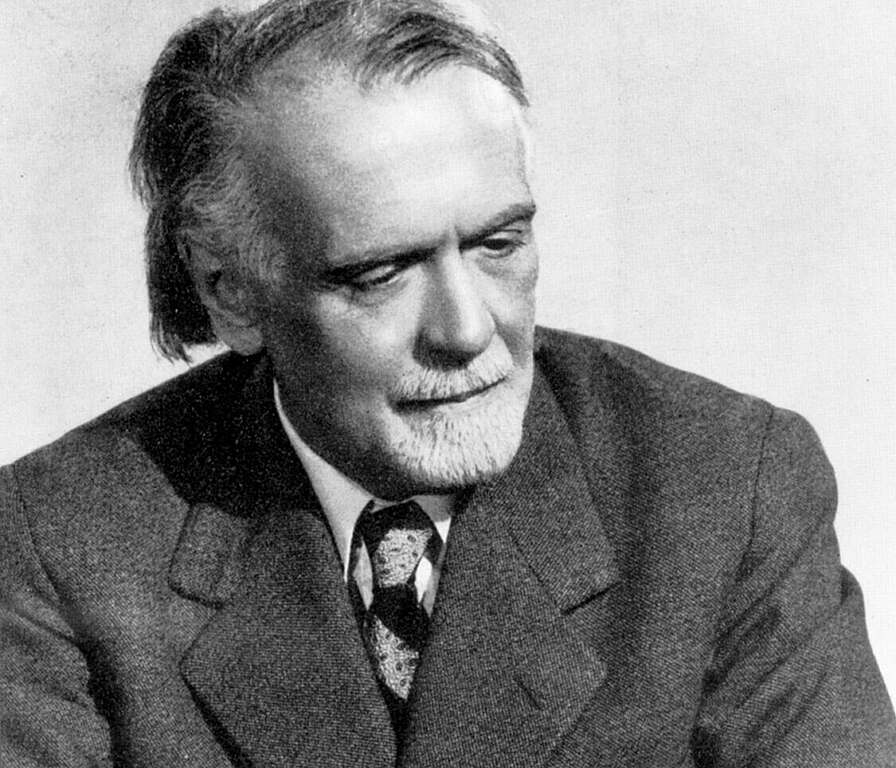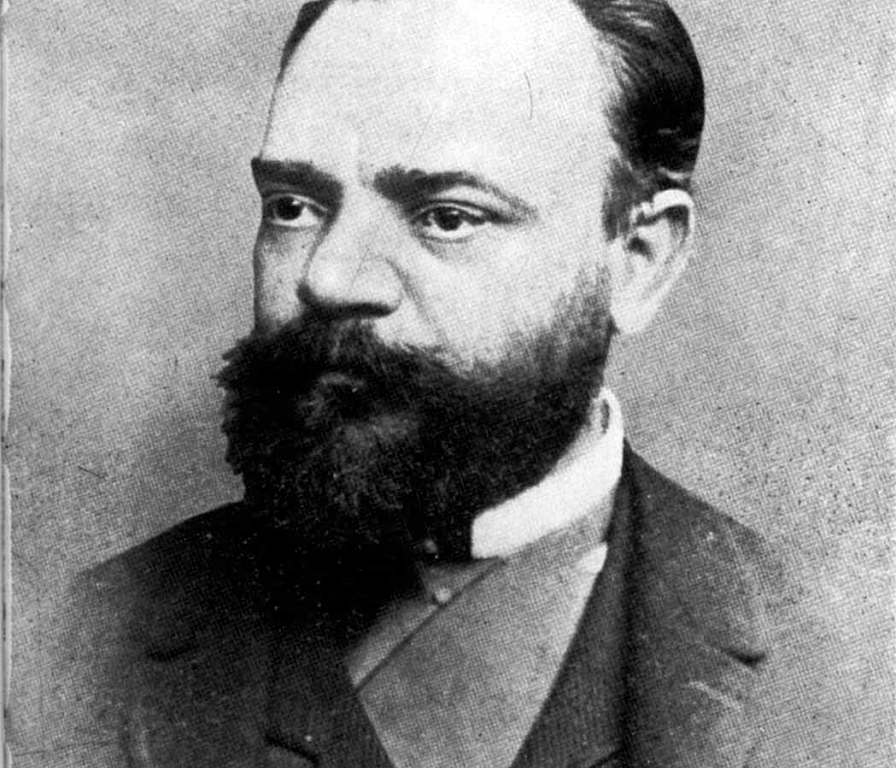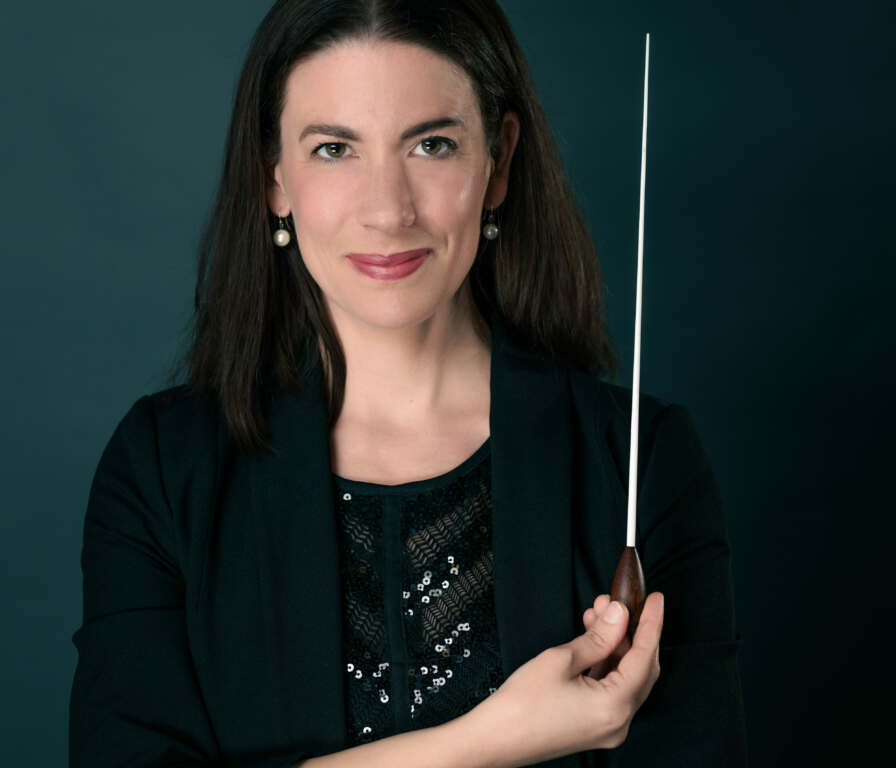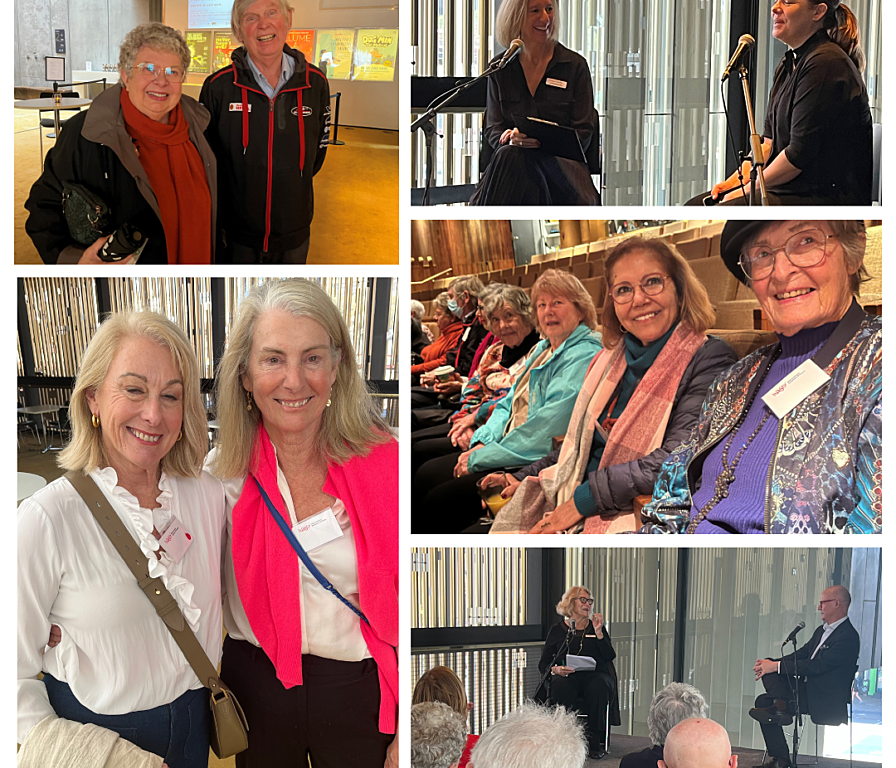Béla Bartók
(1881–1945)
ed. Tibor Serly
(1901–1978)
Viola Concerto, Op. Posth.
Moderato –
Adagio religioso –
Allegro vivace
We are so keen for viola and orchestral works from the big names in composition that we are apt to downplay the fact that Béla Bartók, one of the biggest names in composition in the early 20th century, did not complete this work. It was completed by his good friend Tibor Serly, drawing admittedly on a deep knowledge of Bartók’s style and 13 pages of sketches left by Bartók at his death.
1945 was shaping up to be a good year for Bartók. After several dispiriting years in the USA, the premiere of his Sonata for solo violin, together with the Boston Symphony Orchestra’s premiere of the Concerto for Orchestra, combined with the remission of his leukemia and a more settled financial situation, had left him in high spirits. Moreover, he now received a number of requests for new compositions, including one for a viola concerto from the famous violist William Primrose (later to move to Wollongong, where he was an influence on Richard Tognetti).
After accepting Primrose’s commission, Bartók wrote to him reassuringly on 5 August:
"However embryonic the state of the work still is, the general plan and ideas are already fixed. So, I can tell you that it will be in 4 movements: a serious Allegro, a Scherzo, a (rather short) slow movement, and a finale beginning Allegretto and developing the tempo to an Allegro molto. Each movement, or at least 3 of them, will be preceded by a (short) recurring introduction (mostly solo of the viola), a kind of ritornello.”
He further informed Primrose on 8 September that the work was ready in draft ‘so that only the score has to be written, which means a purely mechanical work…in five or six weeks.’
But Bartók became ill again. On 21 September he was visited by Serly. Asked whether the Viola Concerto would be ready, Bartók answered enigmatically: ‘Yes, and no.’ When he died five days later, it lay beside his bed on 13 pages of densely written manuscript.
After Bartók’s death, his widow and son asked Serly to complete the Viola Concerto. While for its creator scoring the work may have been ‘purely mechanical’, only he knew what his hieroglyphics meant. Sketches were written on any available space on unnumbered pages. Corrections had been made in ink and either rewritten elsewhere on the manuscript or by scratching out the errors and writing over the existing material. Moreover, as Sandor Kovacs points out in The Bartok Companion, the draft of the slow movement was only two-thirds of a page, with the closing movement in most places merely an outline of the viola part.
Yet there were clues. Bartók had calculated movement lengths: for the first movement, 10 minutes 20 seconds; 5 minutes 10 seconds for the second movement; and 4 minutes 45 seconds for the third. Clearly, he had given up the idea of four movements, but was still sticking to a ‘(rather short)’ second movement. Serly knew that Bartók had also mentioned to Primrose that the orchestration would be ‘rather…more transparent than in the Violin Concerto’. But it took Serly many months just to work out which was the first bar.
There are, of course, criticisms of Serly’s reconstruction, which took four years. Kovacs suggests that the pounding minims which precede the final movement were intended by Bartók to precede the slow movement, but that Serly, unaware that there was meant to be a ‘kind of ritornello’ preceding each movement, could not have risked reading so much into Bartók’s manuscript. Serly also apparently ignored one of Bartók’s few specific mentions of instrumentation when he gave the strings rather than the timpani the accompaniment to the viola’s opening solo.
Serly’s reconstruction contains many of Bartók’s ‘trademark’ features - the use of cadenzas to mark important structural divisions in the first movement (one almost a recitative); the middle section of ‘night music’ (Bartók’s typical evocation of the sporadic sounds of the night) in the second movement; and a vigorous rondo finale in perpetual semiquaver motion which captures the nature of Hungarian folk dance, with a central trio presenting a bagpipe tune, complete with droned fifths in the bass.
Noted Bartók scholar Halsey Stevens has said, ‘there will always be a reluctance to accept the Viola Concerto as an authentic work’. Nevertheless, Serly was convinced that what he worked from ‘contained’ the finished draft - it’s one of the reasons why he composed no extra music to fill in what gaps there were. And what he produced has entered the repertoire as one of Bartók’s most often played works.
Gordon Kalton Williams
Symphony Australia ©1998
First Performance:
2 December 1949, Minneapolis. William Primrose, viola. Antal Doráti, conductor.
Most Recent WASO Performance:
18-19 September 2009. Ruth Killius, viola. Paul Daniel, conductor.
Instrumentation:
piccolo, two flutes, two oboes, two clarinets and two bassoons; three horns, three trumpets, two trombones and tuba; timpani, percussion and strings.



